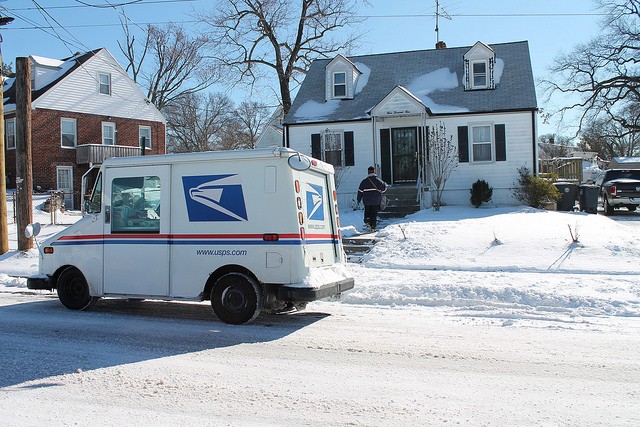Carrier, Pigeon

It’s natural to wonder how long the subsidies Amazon has so generously provided to our perpetually broke national postal system to deliver approximately forty percent of its packages will last, given that Amazon can’t help but to absorb the things that its partners do for it, whether it’s publishing books, producing TV shows, cranking out wipes, spinning HDMI cables, or transporting the items that its forty-six million (or more!) Prime members can’t stop ordering.
While Amazon’s interest in claiming the last mile of delivery is no secret — with the swarm of delivery drones that it constantly tells us is looming just over a slight technical and regulatory horizon, and the fleet of AmazonFresh delivery trucks and same-day couriers patrolling city streets — Bloomberg reports that Amazon is moving forward with project “Dragon Boat” (what a delightfully problematic codename!), a “global delivery network that controls the flow of goods from factories in China and India to customer doorsteps in Atlanta, New York and London”:
Amazon’s plan would culminate with the launch of a new venture called “Global Supply Chain by Amazon,” as soon as this year, the documents said. The new business will locate Amazon at the center of a logistics industry that involves not just shippers like FedEx and UPS but also legions of middlemen who handle cargo and paperwork associated with transnational trade. Amazon wants to bypass these brokers, amassing inventory from thousands of merchants around the world and then buying space on trucks, planes and ships at reduced rates. Merchants will be able to book cargo space online or via mobile devices, creating what Amazon described as a “one click-ship for seamless international trade and shipping.” … Amazon will partner with third-party carriers to build the global enterprise and then gradually squeeze them out once the business reaches sufficient volume and Amazon learns enough to run it on its own, the documents said.
Amazon potentially one day turning off the spigot of money that helps keep the USPS solvent is, in some sense, one of the more minor eventual outcomes of it building and controlling a complete, end-to-end, factory-to-doorstep global logistics and supply chain — FedEx and UPS have far more to worry about — but it is one of the more clear examples of the plausible negative consequences of funding-starved public infrastructure being underwritten and then slowly captured by a private company. (I mean, if you think that a USPS potentially diminished by the eventual loss of Amazon’s business is a negative thing. Maybe you don’t! One man’s public infrastructure is another man’s waste of tax dollars that could be better put to use unlocking latent value through the machinery of the startup economy, and besides, if we even have mail after decade or so, carriers would just be replaced by drones anyway, so I suppose it doesn’t really matter that much after all.)
Photo by Elvert Barnes
